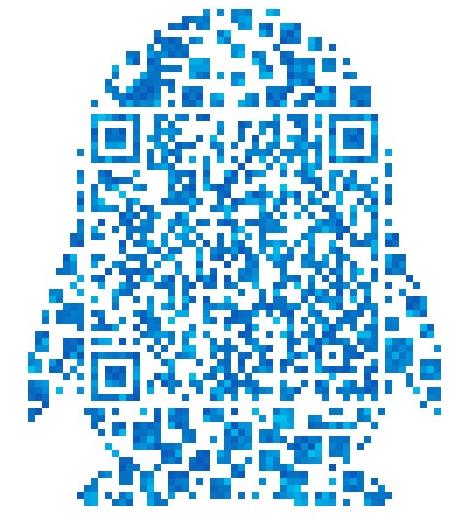基于太赫兹谱的三种重金属水溶液识别方法研究【字数:14338】
目录
摘 要 4
ABSTRACT 5
KEY WORDS 5
第一章 文献综述 6
1 选题背景和意义 6
2 国内外文献综述 6
2.1 重金属检测的研究现状 6
2.2 太赫兹光谱检测的研究现状 7
3 研究内容 8
4 研究方案 8
第二章 太赫兹时域光谱系统及数据采集 10
1 太赫兹时域光谱系统 10
1.1 太赫兹时域光谱仪 10
1.2 THz衰减全反射模块 11
1.3 软件分析平台 12
2 重金属溶液样本数据采集与光谱预处理 13
2.1 重金属溶液样本制备及光谱采集 13
2.2 重金属溶液样本光谱数据预处理 15
第三章 重金属溶液太赫兹光谱的识别 18
1 重金属溶液光谱数据特征提取 18
1.1 主成分分析特征提取及结果分析 18
1.2 多维度缩放特征提取及结果分析 19
2 重金属溶液光谱数据的识别 20
2.1 识别方法简介 20
2.2 金属溶液识别结果及分析 20
2.3 不同浓度重金属溶液识别结果及分析 21
第四章 结论与展望 28
1 主要研究结论 28
2 未来研究展望 28
参考文献 29
致 谢 30
基于太赫兹谱的三种重金属水溶液识别方法研究
摘 要
随着工业化、城镇化的发展,重金属污染的问题越来越严重,现在它成为目前危害最大的污染问题之一,所以研究高效、准确的重金属检测的方法对治理重金属污染问题有重要意义。本文主要利用太赫兹时域光谱仪对8种不同浓度的汞、镉和铜溶液以及超纯水进行检测。使用小波变换去噪(WT)、多元散射校正方法(MSC)、标准正态变量校正(SNV)三种方法进行预处理;使用多维度缩放(MDS)、主成分分析(PCA)两种方法进行降维和特征提取;使用随机森林法(RF)、K最邻近算法(KNN)建立模式识别模型。实验结果表明使 *51今日免费论文网|www.51jrft.com +Q: ¥351916072$
用随机森林方法和KNN方法对三种重金属进行识别无论在时域还是频域均有很高的识别准确率,平均高达99.5%;使用小波变换去噪和随机森林法建立的模式识别模型对时域数据进行浓度准确率识别可得到较高的准确率,可达91%。
关键字:太赫兹谱;重金属检测;随机森林;KNN
THREE HEAVY METAL AQUEOUS SOLUTION IDENTIFICATION METHODS BASED ON TERAHERTZ SPECTRUM WERE STUDIED
ABSTRACT
With the development of industrialization and urbanization, heavy metal pollution is becoming more and more serious, and has become one of the most harmful pollution problems, so it is of great significance to study the method of highefficiency and accurate heavy metal detection to control heavy metal pollution.In this paper, eight different concentrations of mercury, cadmium and copper solutions and ultrapure water are tested by terahertz time domain spectrometer. Preprocessing using wavelet transformation denoise (WT), multiscatter correction method (MSC), standard normal variable correction (SNV), main component analysis (PCA), multidimensional scaling (MDS) for downdimensional and feature extraction, and random forest method (RF), Kproximity algorithm (KNN) to establish pattern recognition models. Experimental results show that the identification of three heavy metals by random forest method and KNN method has a high recognition accuracy rate of 99.5% in both time and frequency domains, and the concentration accuracy recognition of time domain data can be obtained by using wavelet transformation denoise and random forest method, which can obtain high accuracy rate of up to 91%.
原文链接:http://www.jxszl.com/dzxx/dzdq/609053.html



